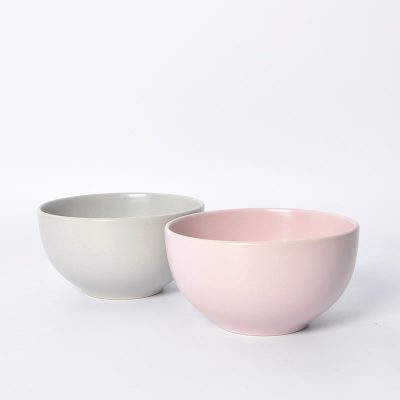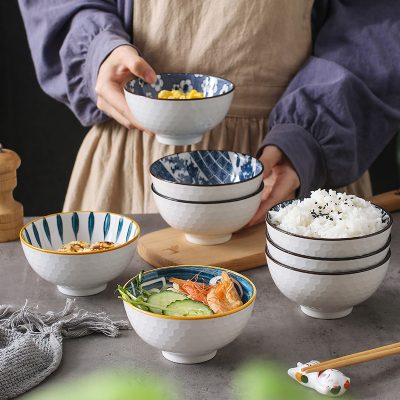Ceramic bowls are versatile and functional items that serve various purposes in households, restaurants, and other settings. They are created through the process of molding and firing clay, resulting in a durable and aesthetically pleasing vessel. Both their form and function are influenced by factors like design, size, shape, material properties, and cultural influences. Here’s a breakdown of the form and function of ceramic bowls:
Form:
- Shape: Ceramic bowls come in a wide range of shapes, including round, oval, square, and more unique forms. The shape affects their visual appeal, usability, and how they interact with other tableware.
- Size: Bowls vary in size from small, delicate bowls for condiments to larger ones suitable for soups, salads, or even serving dishes.
- Color and Design: Ceramic bowls offer diverse color options and decorative designs, which can be hand-painted, glazed, or textured. The aesthetics of the bowl often complement the overall dining experience.
- Texture: Bowls can have various textures, such as smooth, ribbed, or carved, which can enhance the tactile experience of using them.
- Rim and Edge: The rim design can be straight, flared, or irregular. Some bowls have an eased edge for easy pouring, while others have a more closed design to retain heat or prevent spillage.
Function:
- Serving: Ceramic bowls are commonly used to serve a wide range of foods, such as soups, stews, salads, pasta, rice, and desserts.
- Mixing and Preparing: They are used for mixing ingredients during cooking or baking due to their depth and wide opening. Mixing bowls often have a flared rim for easy pouring.
- Storage: Ceramic bowls with lids are used for storing leftovers or marinating ingredients, as the lid helps keep the contents fresh.
- Display: Decorative ceramic bowls are often used as display pieces, enhancing the aesthetic of a space with their intricate designs and artistic value.
- Cultural Significance: Different cultures use ceramic bowls for specific dishes, and these bowls may have cultural or traditional significance.
- Art and Craft: Ceramic bowls can also be works of art, created by skilled artisans using various techniques like pottery wheel throwing, hand-building, and glazing.
Overall, the form and function of ceramic bowls are intertwined. The form, including the shape, size, design, and texture, contributes to the bowl’s aesthetic appeal and its ability to hold and present food. The function, on the other hand, is determined by the bowl’s physical attributes and how it is used for serving, mixing, storage, and more. Whether for practical use, decoration, or cultural symbolism, ceramic bowls play a significant role in various aspects of daily life.







